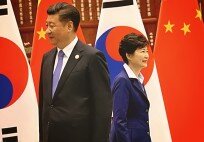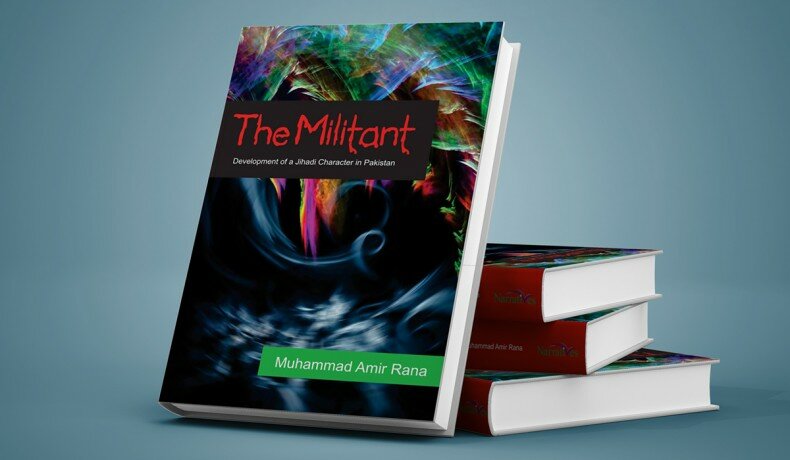Review on Muhammad Amir Rana’s book ‘The Militant: Development of a Jihadi Character in Pakistan’ by Ahmed Ishaq
The tendency to indulging in criminal activities mostly for collecting donations for terrorist operations is common among the new generation of militants. This is one of the findings of a new book in militancy in Pakistan. “The Militant – Development of a Jihadi Character in Pakistan”, by counter-terrorism expert Muhammad Amir Rana analyses different aspects of the militant phenomenon in Pakistan. Though, this is not against the common perception that the militants generate money through illegal channels, but the book provides insight that small terrorist groups completely depend on criminal money.
This book mainly focuses on the development of the militant’s character in recent years. The phases of militant discourse have completely changed his personality. The militant of the 1990s and the militants in the making, today have huge differences. The first generation of militants was adventurous, but the new militant has clarity of ideology and objectives. A lot of work has been done to understand militancy and terrorism, but very few attempts have been made to comprehend the characteristics of militants. This can provide better understanding of the phenomenon as a militant experiences all the challenges and consequences of transformation.
Brief profiles of some militants have also been featured in the book reflecting their life stories. The militants of the 1990s and those in making today have a huge difference. The old generation of militants was adventurous, but the new generation has clarity of ideology and objectives, according to the book.
It also offers a structural analysis of the militant groups and has explored that varied forms of groups, with a range of ideological and political tendencies, are operating throughout Pakistan. These groups have many similarities, but important task is to consider where their interests converge and diverge.
Equally important is to probe how these groups influence each other and how they broaden their ideological paradigms, according to the book. Analyzing these aspects, probabilities for effective engagement with the militants can be drawn, and spaces identified to intervene in order to break the cycle of terrorism.
The book is a good collection of historical, religious and ideological insights into the terrific corruption of religion that makes up a militant worldview.































































































